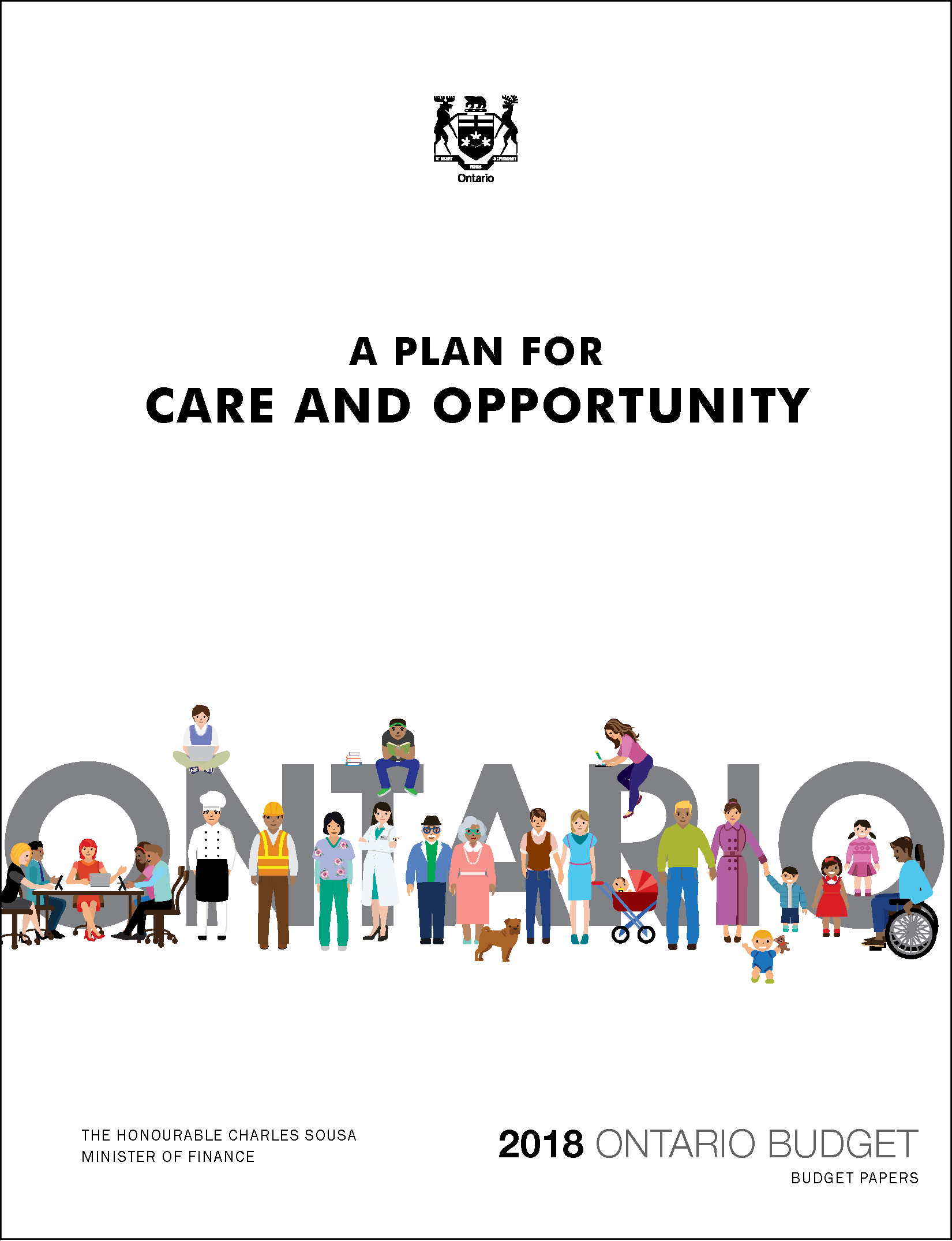A significant investment of $2.1 billion over four years to improve access to mental health care and addiction services in yesterday’s budget is good news for many families involved with child welfare in Ontario. Nearly half of families receive services from children’s aid because of adult mental health issues. The right supports at the right time can help ensure child welfare services are not needed.

The 2018 Ontario Budget was released March 28, 2018
Although the Ontario Association of Children’s Aid Societies (OACAS) and Children’s Aid Societies are encouraged by several initiatives and investment announced in the budget, we had hoped to see more targeted investments in child welfare services to help the province’s most vulnerable children and youth. Specifically, OACAS has been advocating for funding of Ontario’s expanded age of protection, the provincial Child Protection Information Network, the disclosure and privacy of records for all those receiving child welfare services, the restoration of mandate for child welfare to Indigenous communities, and additional financial supports for grandparents and extended family who provide kin care. This budget contains no references to these issues.
We do welcome the government’s announcement of support for 34 Indigenous‐led mental health and wellness programs, including 100 new mental health workers that will service more than 69 First Nation communities, as well as urban Indigenous communities. OACAS and Children’s Aid Societies strongly support investment in culturally appropriate and specialized care services in Indigenous communities, and the restoration of jurisdiction for child welfare to Indigenous communities.
The budget’s plan to make preschool child care free for children aged two-and-a-half until they are eligible for kindergarten has potential to benefit many of the families we serve, of which over half are living in socio-economic hardship. We welcome the on-going investment of $1 billion a year in affordable housing, targeted at four priority areas: youth, Indigenous peoples, chronic homelessness, and those who are homeless following transitions from provincially funded institutions. The investment of $222 million in the implementation of the government’s Strategy to Prevent Opioid Addiction and Overdose will also likely have a positive impact on the many families involved with child welfare who are facing issues of addiction.
Every day of the year, Children’s Aid Societies provide essential services to this province’s most vulnerable children, youth, and families. The child welfare system works best when surrounded by robust and well-resourced social services. Ontario’s investment in child welfare and social services is an investment in strengthening all children, youth, and families.